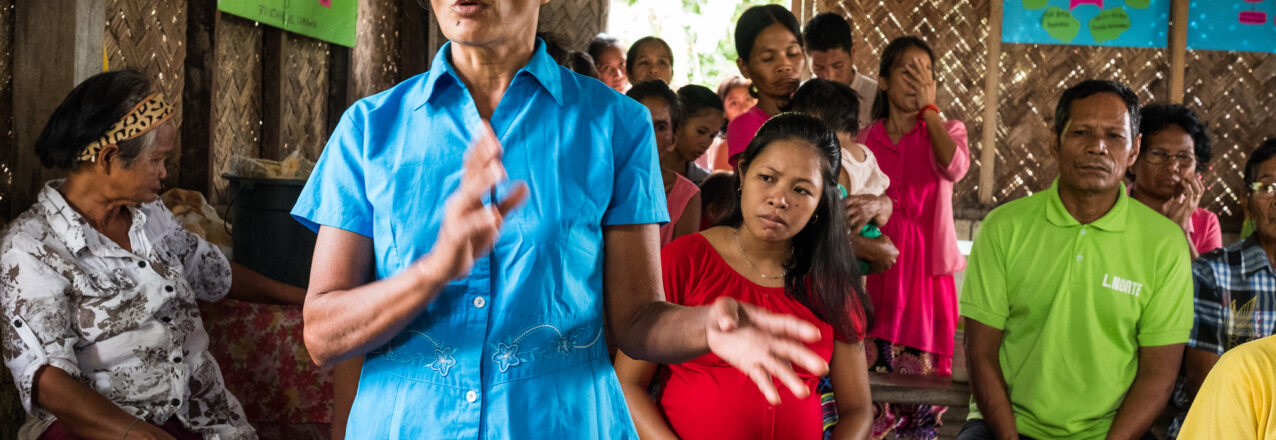Democracy is going backward in many places USAID works. The V-Dem Institute reported in 2020 that Latin America and the Asia-Pacific have reverted to a level of democracy last seen 30 years ago, while 60 percent of sub-Saharan countries are classified as “electoral autocracies.” Participatory natural resource management (PNRM) stands out as a potential means to counter democratic backsliding. Previous USAID work and well-known examples like community forest groups in Nepal and conservancies in Namibia support the proposition that PNRM can help achieve positive democratic outcomes.
See below for some updates on INRM’s work with USAID on PNRM and participatory land mapping. We also share some relevant resources from across USAID that explore land and resource governance, approaches to reduce corruption, and other governance issues.
In this digest:
INRM’s current governance work
- PNRM could play a role in mitigating democratic backsliding
- Participatory land mapping can help strengthen local governance
- HEARTH and INRM creating common indicators for cross-sectoral MEL
Additional USAID resources on governance


